The Written Image: Jane Mount’s “Bibliophile”
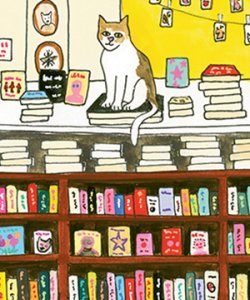
Colorful illustrations accompany notes, quotes, and literary trivia about books to read and bookstores to visit.
Jump to navigation Skip to content
Articles from Poet & Writers Magazine include material from the print edition plus exclusive online-only material.

Colorful illustrations accompany notes, quotes, and literary trivia about books to read and bookstores to visit.

A roundup of new anthologies, including American Journal: Fifty Poems for Our Time, edited by Tracy K. Smith.
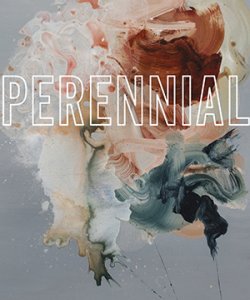
The first lines of a dozen noteworthy books, including Lake Success by Gary Shteyngart and Perennial by Kelly Forsythe.
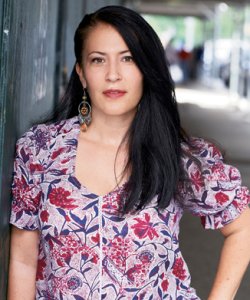
In her fifth collection, The Carrying, Ada Limón digs deep down to the roots of what she sees happening in the world today—and she is deeply troubled by what she finds.
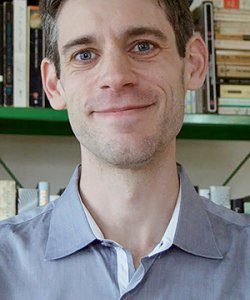
In this continuing series, a book reviewer discusses the art of literary criticism—from the value of negative reviews to critics he admires.
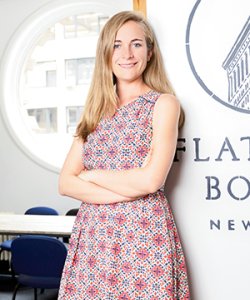
For an editor like Caroline Bleeke of Flatiron Books, there is a lot more to the job than simply reading and editing manuscripts.

An agent answers questions on referrals, pitching a self-published book, and what to do if you’re dropped by an agency.
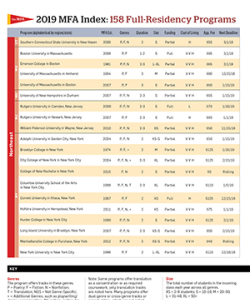
A guide to 158 full-residency and 64 low-residency programs in creative writing, plus questions to consider before you apply.
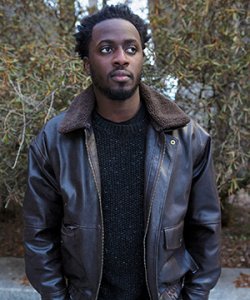
A fiction writer discusses five journals that published stories from his debut collection, Friday Black.
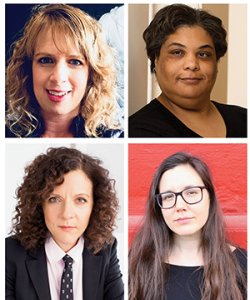
Using elements of craft to tell powerful stories about sexual assault and trauma, with examples from work by Roxane Gay, Alexandria Marzano-Lesnevich, Megan Stielstra, and others.
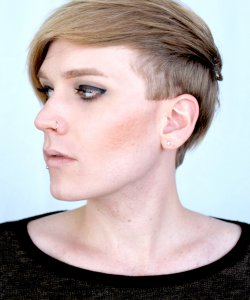
“In a system that doesn’t value writing, but only the marketing possibility of the writer and the written object, to write is the ‘success’ itself.” —Jos Charles, author of feeld
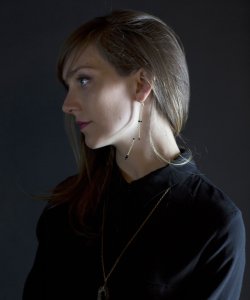
“I don’t think beyond the book I’m writing, and I’m always writing one.” —Catherine Lacey, author of Certain American States

“I write every day and walk every day.” —Amitava Kumar, author of the novel Immigrant, Montana
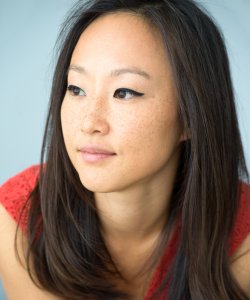
The author of If You Leave Me focuses not on a character’s likability but rather on making that character feel true.
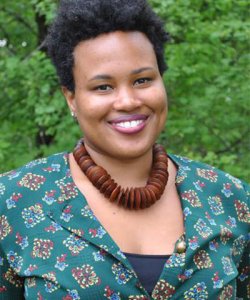
“I’ve gotten messages from people who tell me that they were waiting on a book like mine.” —Alexia Arthurs, author of the story collection How to Love a Jamaican

The pleasures and pitfalls of writing a novel with multiple perspectives.

“I’m coming to believe more and more that the whole body should be engaged in the writing process.”—Amy Bonnaffons, author of the debut story collection The Wrong Heaven

Brian Turner is best known for his award-winning poetry collections and memoir about the Iraq War, but with his new project he has pushed into an entirely new dimension of creative expression.
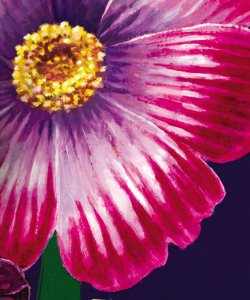
How does a writer tell a story set in another country during a time before she was even born? Research, research, research.

“You can almost always make something better by making it shorter.” —Keith Gessen, author of the novel A Terrible Country

The desire to tell stories is one thing; finding the stories you want to tell is something else entirely.
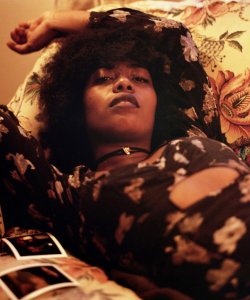
“Get in where you fit in, and where you don’t, break it.” —Jasmine Gibson, author of Don’t Let Them See Me Like This

A simple exercise to help lead you closer to the fiery core of your own, utterly unique, narrative style.
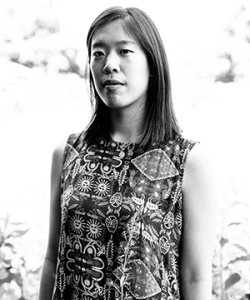
“Avoid the word ‘it’ whenever possible. Which is to say, specificity whenever possible.” —Lillian Li, author of the debut novel Number One Chinese Restaurant

Simon Van Booy writes about opening your whole life to creativity.